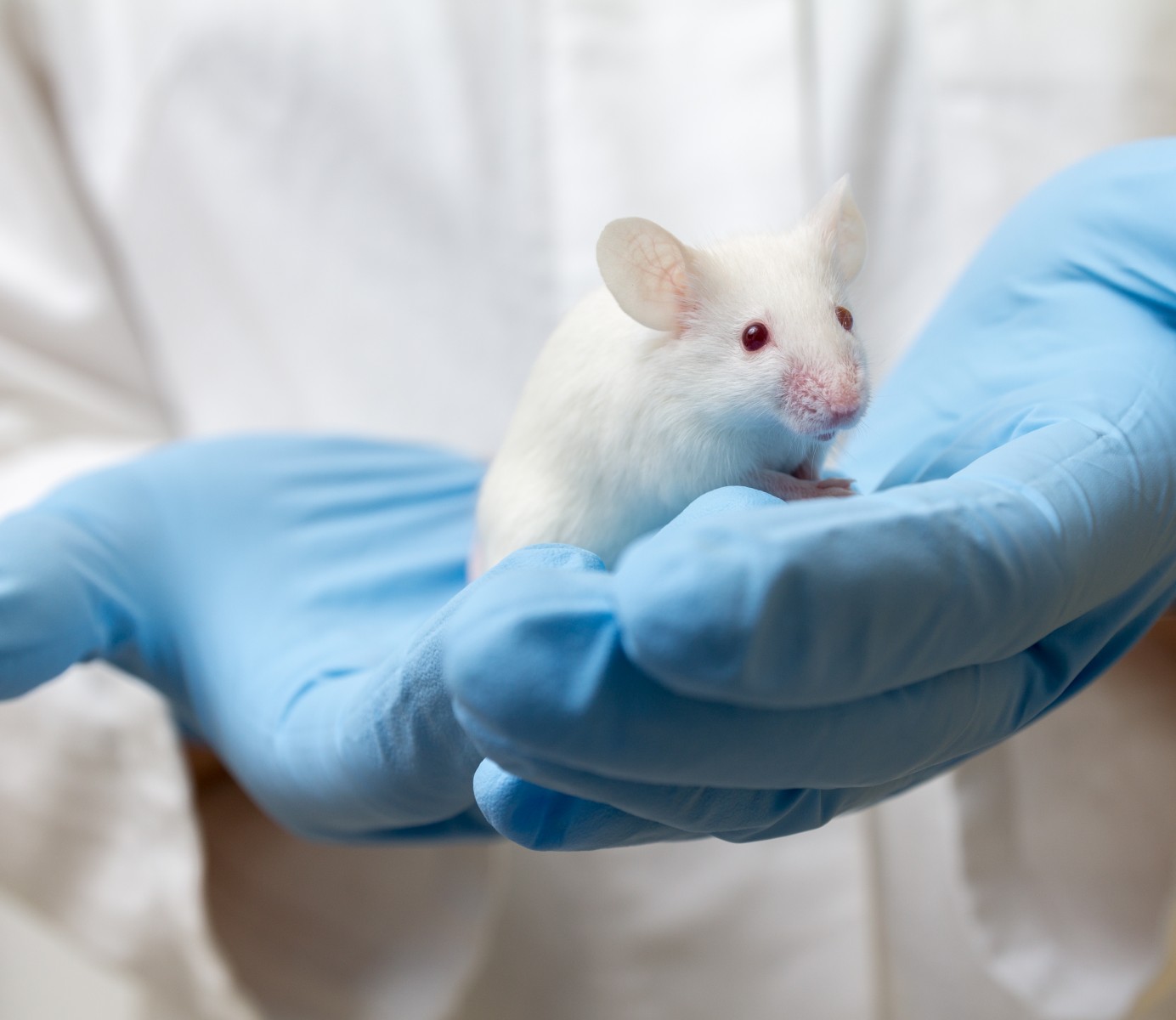Mouse Model Mimicking COPD, Cystic Fibrosis May Hold Promise for New Therapies
Written by |

Researchers have engineered a mouse model of cystic fibrosis (CF) and chronic obstructive pulmonary disease (COPD), with excessive mucus production, inflammation, and reduced lung function.
Their hope is that the model will help with developing new treatments.
The study explaining the development, “Pharmacological and genetic reappraisals of protease and oxidative stress pathways in a mouse model of obstructive lung diseases,” was published in the journal Scientific Reports.
The mice produce excess amounts of a sodium ion channel called ENaC (epithelial Na Channel) in their lungs. Increases in channel numbers or activity are known to occur in COPD patients, and that results in too much sodium being pumped into cells that line the lungs.
In an attempt to balance the sodium, water is absorbed, making airway mucus thick and difficult to clear.
Bronchodilators and steroids are used as COPD therapies, but they focus on treating symptoms rather than curing the disease. Similarly, there is currently no cure for CF, and it usually is treated with antibiotics. Several attempts had been made to breed mice that produced excessive ENaC in their lungs — as that could lead to a curative treatment — but the mice were prone to dying early. To overcome that issue, researchers at Kumamoto University in Japan used mice with a different genetic background.
“Since previous mouse models have thus far only been produced by a limited number of studies, and had mortality rates that were quite high, we changed the genetic background of the ENaC-Tg mice using a ‘backcross’ method; a method that results in offspring that more closely resemble the parent genetically,” Tsuyoshi Shuto, PhD, the study’s leader and an associate professor at Kumamoto, said in a press release.
To understand the impact of the abnormal sodium flow, researchers analyzed the mice and found 272 genes with abnormal activity. They also found that the mice had increased levels of oxidative stress and protease enzyme activities.
Researchers treated the mice with the antioxidant N-acetylcysteine, which improved symptoms of emphysema and eased their breathing. When the mice were prevented from producing the antioxidant vitamin C, the symptoms worsened.
When the team treated the animals with a drug that blocked a protease enzyme, about 70% of the abnormal genes became affected in a way that prevented disease progression.
“As a result, we succeeded in establishing a new COPD/CF mouse model that faithfully reproduces the symptoms of the human diseases but with mortality significantly improved,” Shuto said. “Development of this mouse model provides useful information not only for COPD/CF, but also for understanding other intractable pulmonary diseases and their drug treatment.”




